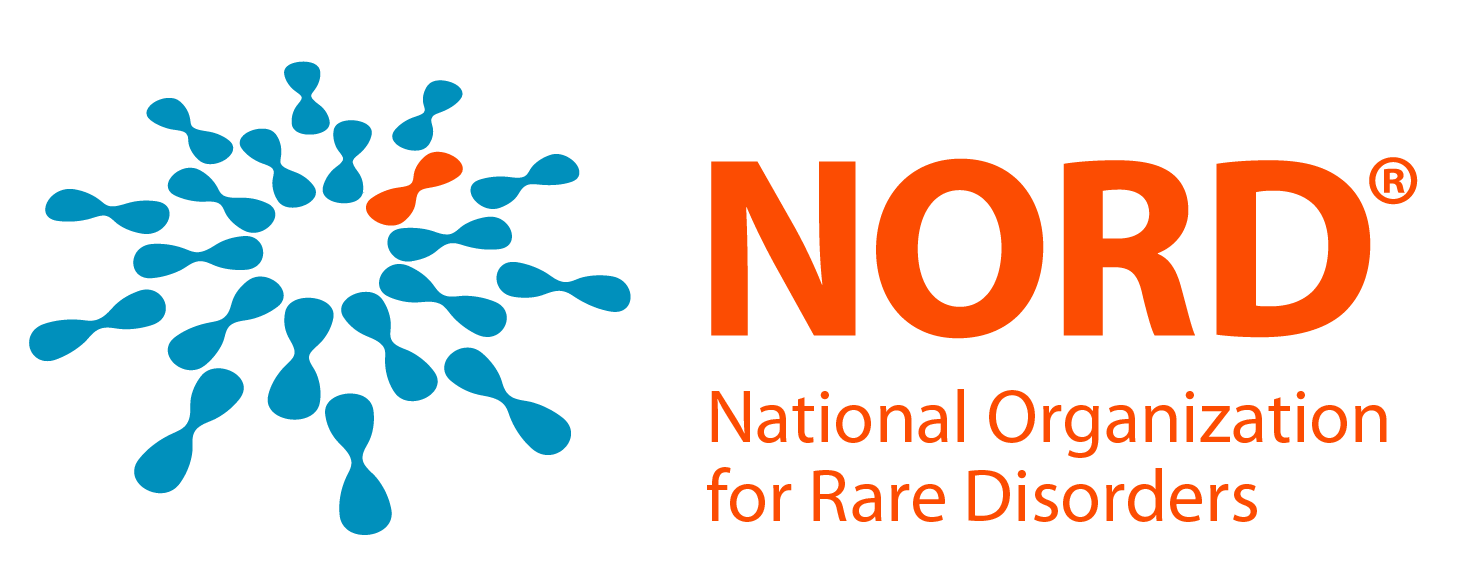The animated videos in NORD’s Rare Disease Video Library provide brief introductions to rare disease topics for patients, caregivers, students, professionals and the public. NORD collaborates with medical experts, patient organizations, videographers and Osmosis to develop the videos, which are made possible by individual donations, educational grants and corporate sponsorships. NORD is solely responsible for the content.
Summary
Pulmonary arterial hypertension (PAH) is a rare, progressive disorder characterized by high blood pressure (hypertension) in the arteries of the lungs (pulmonary artery) for no apparent reason. The pulmonary arteries are the blood vessels that carry blood from the right side of the heart through the lungs. Symptoms of PAH include shortness of breath (dyspnea) especially during exercise, chest pain, and fainting episodes. The exact cause of PAH is unknown and although treatable, there is no known cure for the disease. PAH usually affects women between the ages of 30-60. Individuals with PAH may go years without a diagnosis, either because their symptoms are mild, nonspecific, or only present during demanding exercise. However, it is important to treat PAH because without treatment, high blood pressure in the lungs causes the right heart to work much harder, and over time, this heart muscle may weaken or fail. The progressive nature of this disease means that an individual may experience only mild symptoms at first, but will eventually require treatment and medical care to maintain a reasonable quality of life.
Approximately 15-20% of patients with PAH have heritable forms of PAH. People with heritable PAH have either: (1) an autosomal dominant genetic condition associated with mutations in the BMPR2 gene or other recently identified genes now associated with HPAH or other forms of PAH or associated conditions such as pulmonary capillary hemangiomatosis or pulmonary veno-occlusive disease, or (2) are members of a family in which PAH is known to occur as primary disease.
Introduction
The first reported case of PAH occurred in 1891, when the German doctor E. Romberg published a description of a patient who, at autopsy, showed thickening of the pulmonary artery but no heart or lung disease that might have caused the condition. In 1951, 3 cases were reported by Dr. D.T. Dresdale in the U.S. and the illness was originally called primary pulmonary hypertension, which is a term no longer used but broadly refers to a form of pulmonary arterial hypertension (PAH). PAH has been linked to diet drugs such as Fen-Phen, Pondimin and Redux. These drugs were taken off the market in 1997, although cases related to drugs and toxins, such as methamphetamines do still appear. PAH is also associated with a number of other medical diseases such as cirrhosis, congenital heart disease and connective tissue diseases like scleroderma. About 30% of patients with PAH have an associated connective tissue disease.

Your donation will help more than 30 million Americans with a rare disease navigate their diagnosis, receive financial assistance, and access the care and support they deserve. Make your tax-deductible gift today!
